BHG - Nestled in the middle of the vast mountains and forests, standing tall among the vast rice fields, the stilt houses of the Tay people in Quang Binh, Bac Quang, Vi Xuyen districts, Ha Giang city... are not only a place to live but also a cultural feature, closely associated with the spiritual life of many generations. Over time, the stilt houses are still sturdy, preserving traditional lifestyles and profound community values.
Tay people's stilt houses are often built in favorable locations. According to traditional beliefs, the direction of the house is often chosen to suit the terrain and feng shui, avoiding directions against the flow of water to ensure the stability and development of the family. The stilt house is not only a place to shelter from the rain and sun, but also shows the connection between people and nature, between previous generations and future generations.
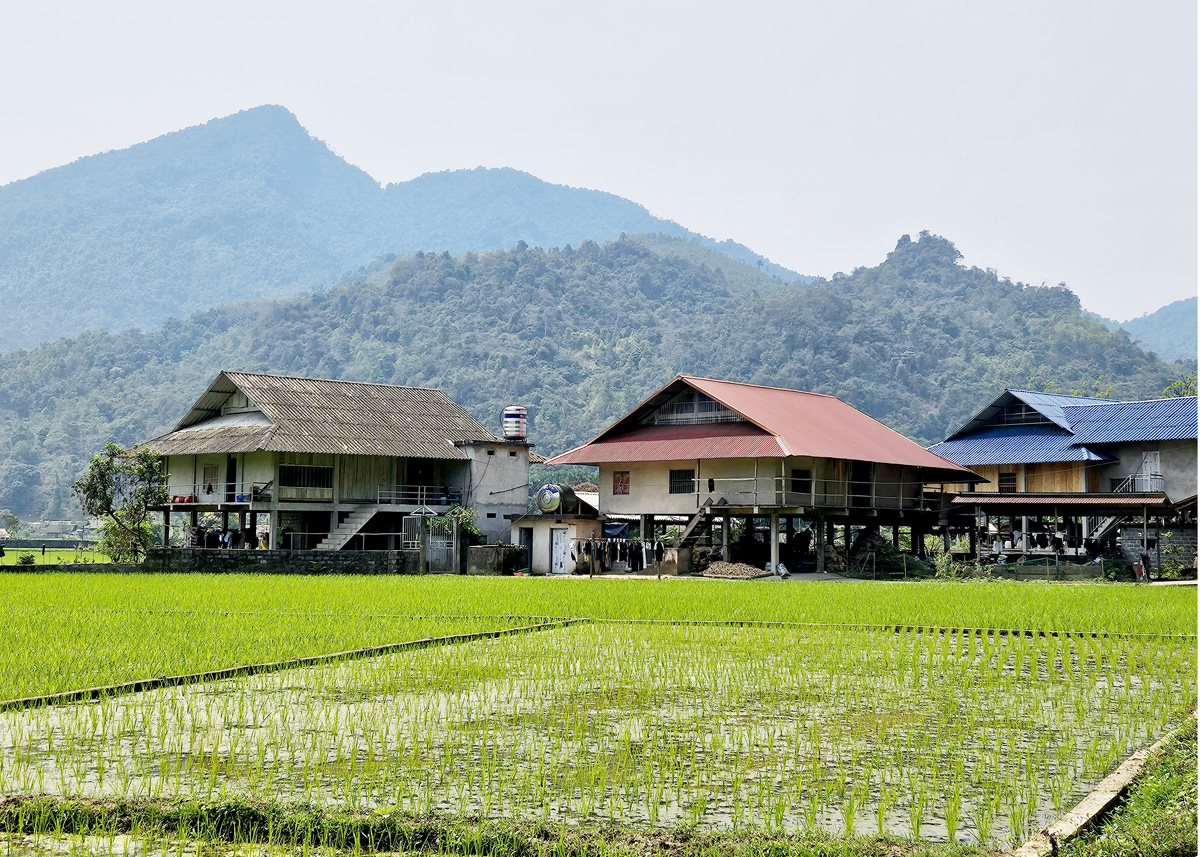 |
| Stilt house in the middle of the countryside in Tung Ba commune (Vi Xuyen). |
Mr. Hoang Hong Quang, Bang Lang commune (Quang Binh) shared: A traditional Tay stilt house usually has from four to seven compartments, the roof is covered with palm leaves or tiles, corrugated iron; the house's pillar system is made of sturdy wood with an even number of pillars; the house has two main roofs with a moderate slope to drain rainwater quickly and ensure the correct design of the house.
The space inside the stilt house is arranged according to the homeowner's wishes, reflecting the lifestyle of the Tay people. The middle room, or the innermost room, is where the ancestral altar is placed, considered the most sacred space of the house. This is not only a place of worship but also shows the filial piety of descendants to their ancestors, showing the connection between the past and the present. Along with that, the kitchen not only has the role of keeping warm but is also the center of family activities. Above the kitchen, there is often a loft to store things, dry agricultural products, and take advantage of the heat from the kitchen to preserve food.
The staircase to the house is usually placed in the East or South direction, symbolizing the reception of light and new vitality into the house. This is also the place to show the beauty of the Tay people's customs when guests come to the house, the homeowner often invites guests up the stairs as a respectful greeting.
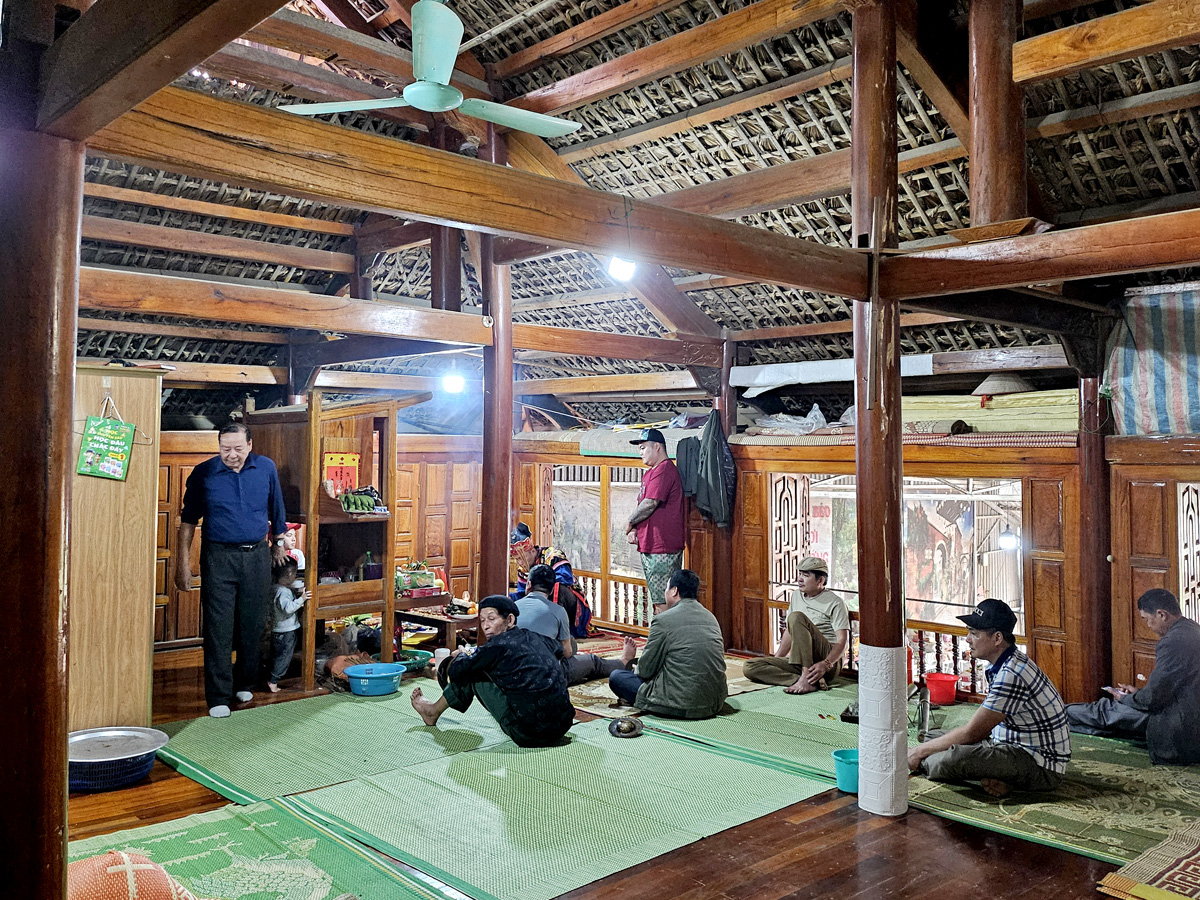 |
| A ritual to ward off bad luck was held at a stilt house in Tien Yen commune (Quang Binh). |
Nowadays, with the strong development of urbanization, many traditional stilt houses are gradually being replaced by solid concrete structures. However, many families still try to preserve the characteristics of stilt house architecture by combining modern materials with traditional styles. Concrete stilt houses were born as a solution to reconcile practical needs and preserve cultural identity. These houses still retain the style of ancient stilt houses but are built with more sustainable materials, helping to increase the life of the structure while still maintaining the traditional beauty.
Mr. Mai Xuan Thang's family in Tien Thang village, Phuong Thien commune (Ha Giang city) built a concrete stilt house and put it into use 5 years ago. With the traditional 3-room, 2-wing architecture. Mr. Thang shared: "Previously, my family also lived in a wooden stilt house, but over time, the materials degraded, and repairs became more and more difficult due to the scarcity of wood. Therefore, I decided to build a concrete stilt house to ensure durability, but still maintain the traditional architecture. Although the materials have changed, the living space, layout and lifestyle in the house are still maintained as before."
Not only having architectural value, the stilt house is also a place to preserve long-standing customs and practices. This is where important ceremonies such as ancestor worship, Tet, weddings and many family activities take place. The cozy space of the stilt house helps maintain the connection between family members, creating a unique cultural feature of the Tay people.
Amidst the modern pace of life today, stilt houses still stand tall, as living witnesses to the longevity of Tay culture. Each house is not only a place to return to, but also a place to entrust the soul, memories and pride of many generations of Tay people in Ha Giang.
Article and photos: Hong Cu
Source: https://baohagiang.vn/van-hoa/202504/luu-giu-net-van-hoa-truyen-thong-cua-nha-san-nguoi-tay-72a20e9/



![[Photo] General Secretary To Lam receives Russian Ambassador to Vietnam](https://vstatic.vietnam.vn/vietnam/resource/IMAGE/2025/4/2/b486192404d54058b15165174ea36c4e)


![[Photo] Third meeting of the Organizing Subcommittee serving the 14th National Party Congress](https://vstatic.vietnam.vn/vietnam/resource/IMAGE/2025/4/2/3f342a185e714df58aad8c0fc08e4af2)




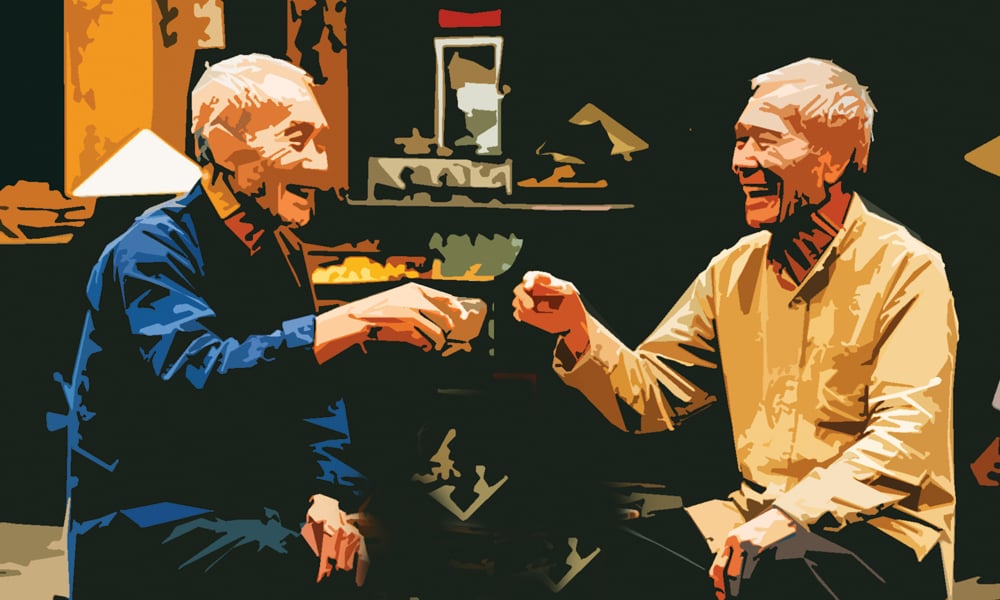

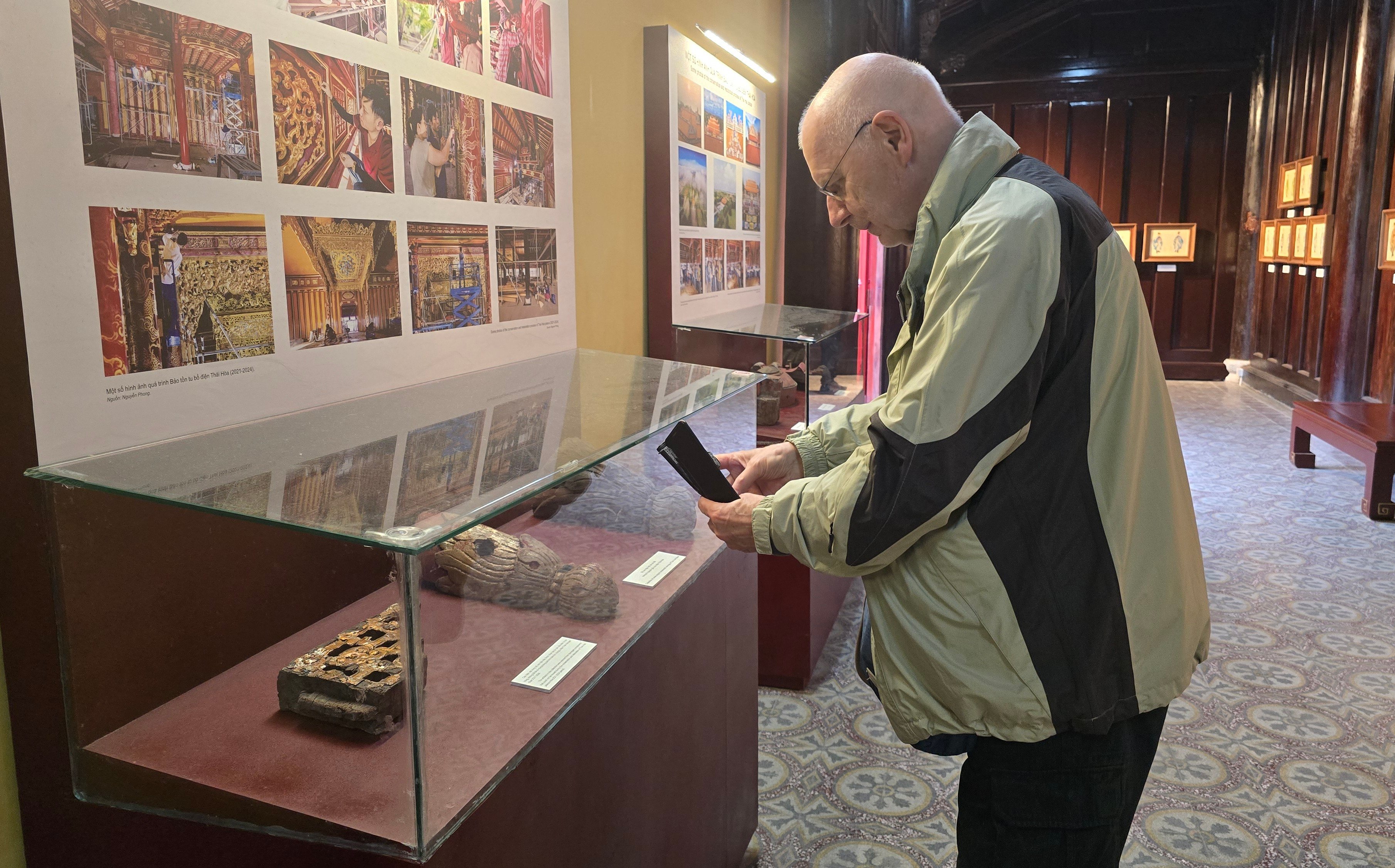




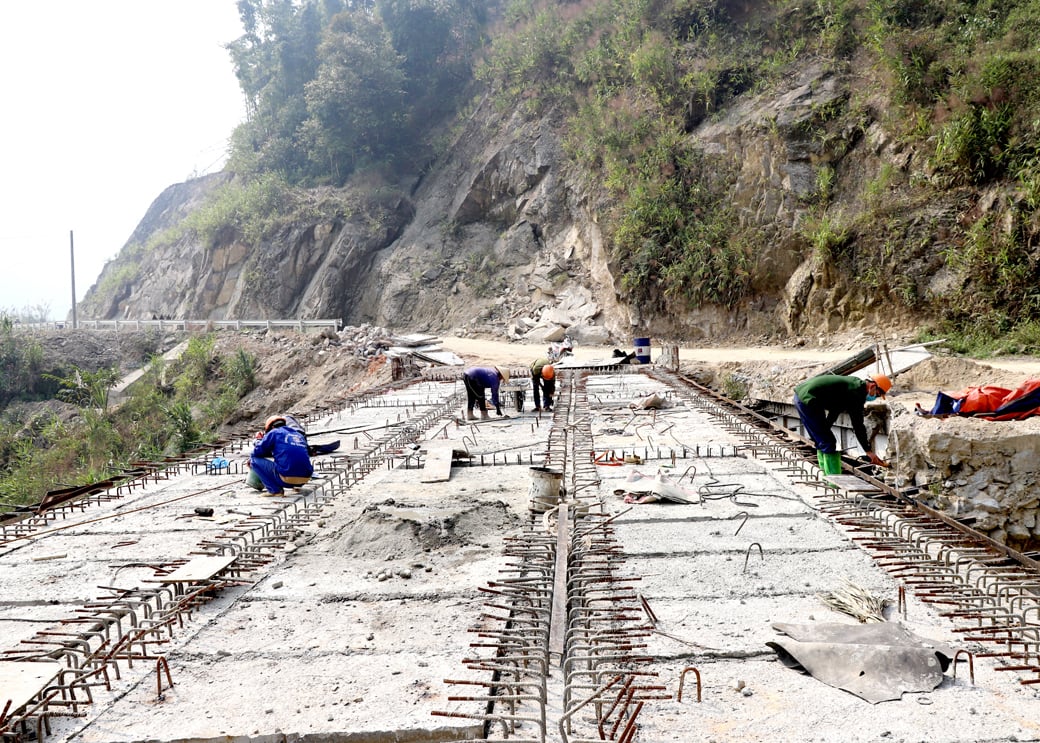
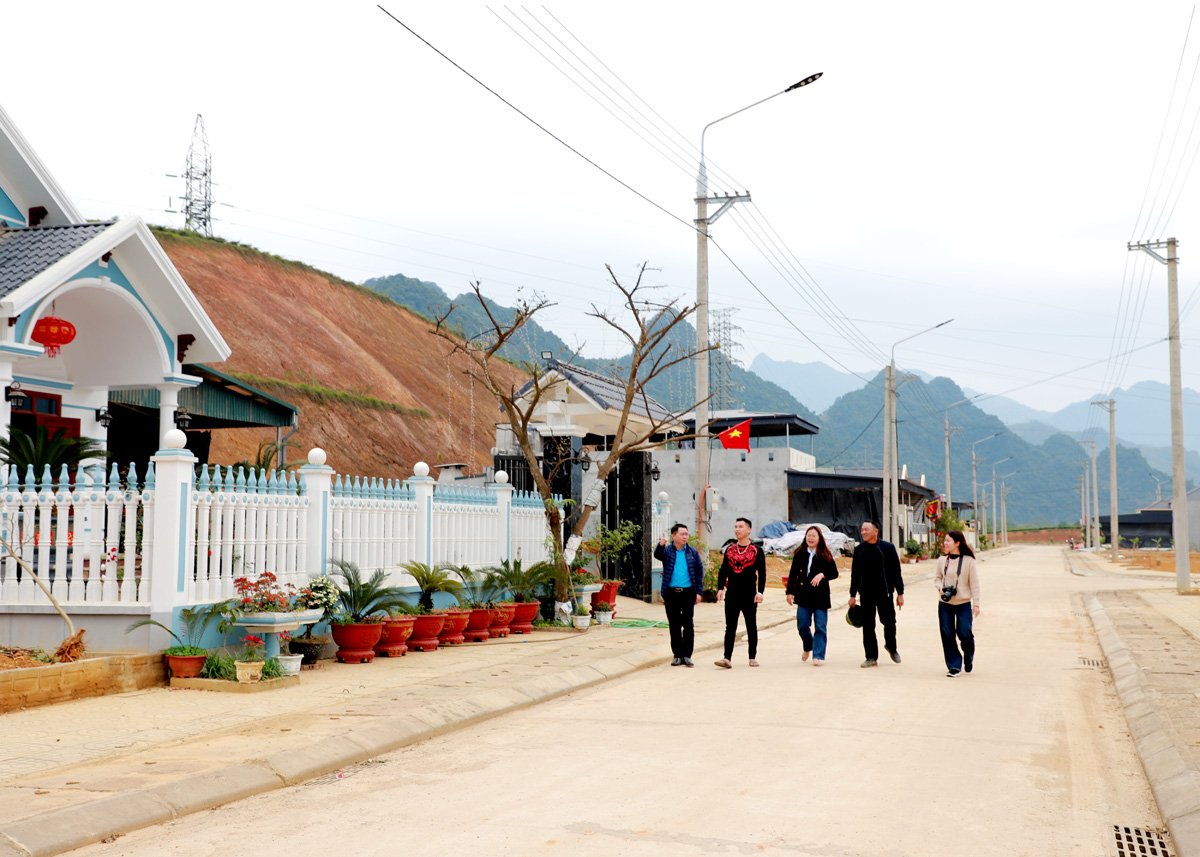
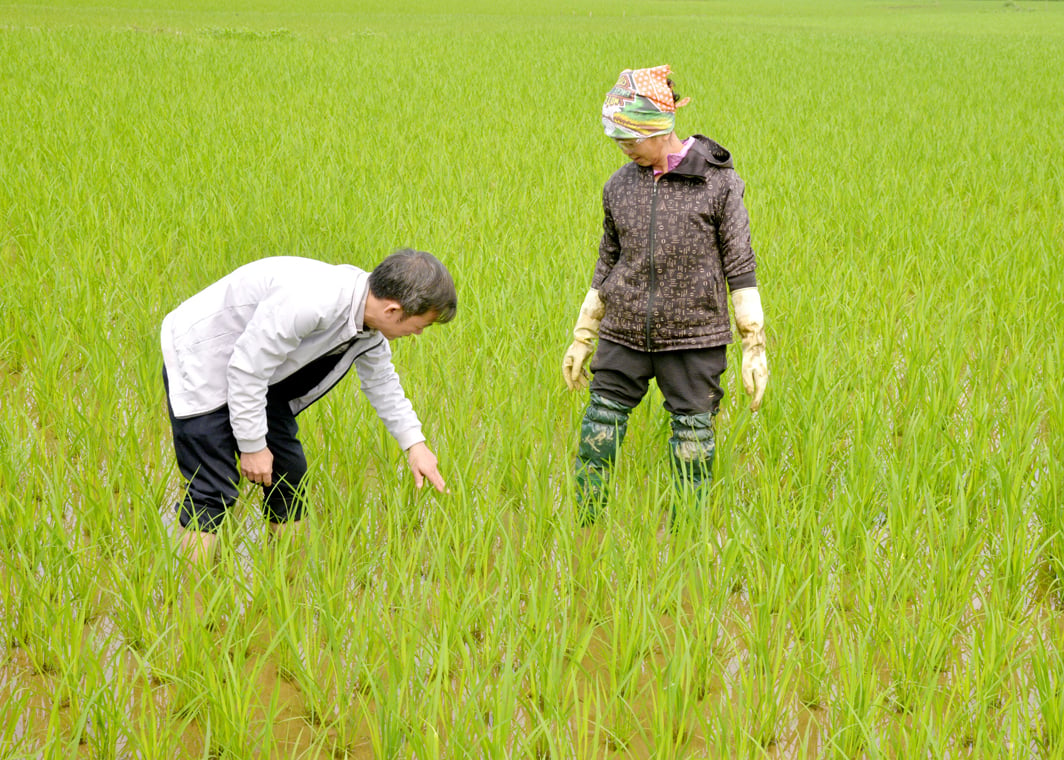
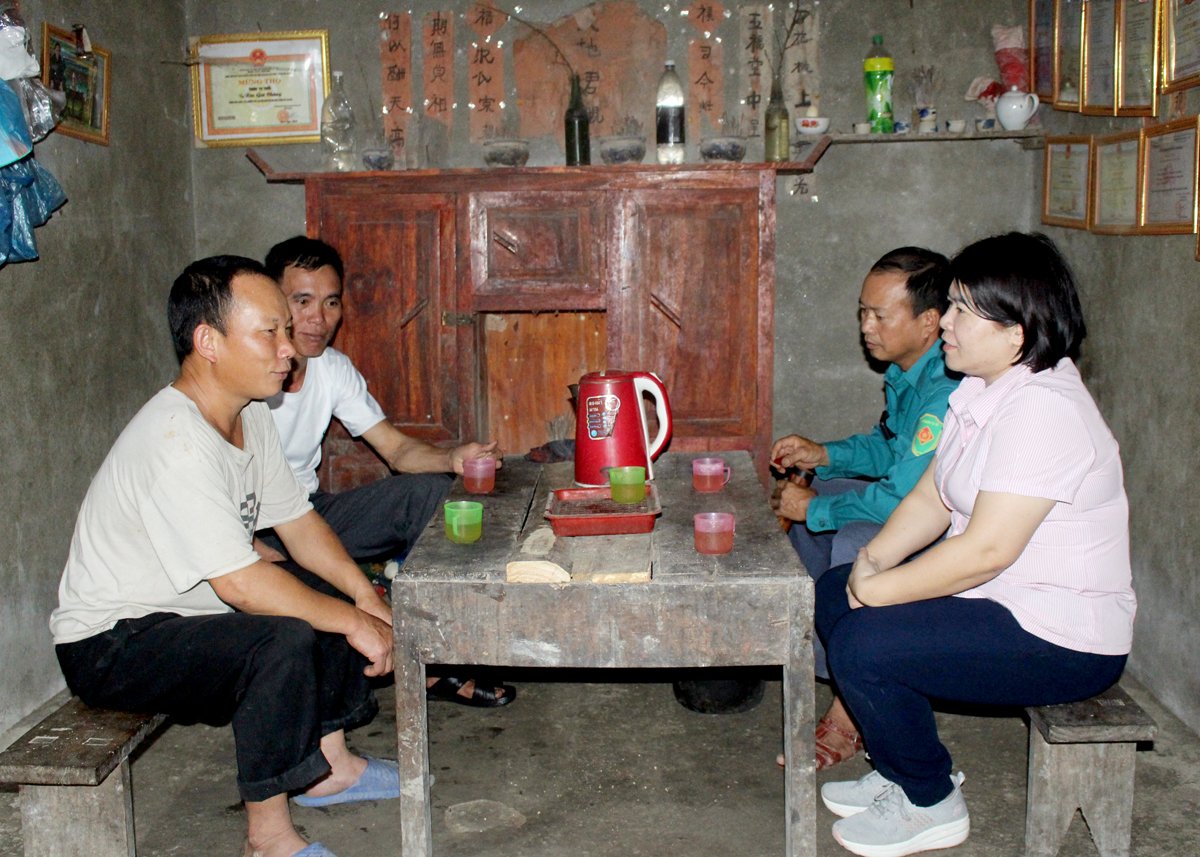

![[Photo] Relatives of victims of the earthquake in Myanmar were moved and grateful to the rescue team of the Vietnamese Ministry of National Defense.](https://vstatic.vietnam.vn/vietnam/resource/IMAGE/2025/4/2/aa6a37e9b59543dfb0ddc7f44162a7a7)






































































Comment (0)